The F3 front suspension doesn’t have any motorcycle-like items. Its full-on four-wheel derived, designed, and functional, featuring two wheels set widely apart, double A-arms on each side with Fox shocks, and an anti-roll torsion bar tying the sides together. Steering is with a handlebar attached to a variable-assisted power steering box at the bottom of the shaft. It’s not rack and pinion; it’s more of your basic go-kart type pivoting-lever to tie-rod sort of thing. Lock to lock is about 90 degrees, a radical departure from your average automobile’s 2.5 rotations.

Rear suspension is a conventional two-sided steel swingarm with a Sachs single shock. The frame holding the whole thing together is a stamped steel rectangular box-section above and below the engine, with beefed-up stamped-steel cradles at each end to attach the suspension components. The F3 also has upper and lower round tube frame members along each side that give the chassis a 40-percent increase in torsional stability. The engine is mounted to the lower frame member, and nowhere else, and is not a stressed member. Final drive is by belt.
The Spyder F3 is powered by a 1,330cc liquid-cooled Rotax triple with EFI, a powerplant that first appeared in the RT last year as an upgrade from the Spyder’s original V-twin. It has a claimed 115 horsepower, and 96 pound-feet of torque. Redline is around 8,000 rpm, and the throttle is in the rider’s right hand. For those who don’t know, Rotax is a sister company to Can-Am, under the BRP brand, together with Ski-Doo, Sea-Doo, Evinrude, and Lynx. Braking, as per all Spyders, is a three-disc affair controlled by the rider’s right foot; there is no hand lever for stopping. Bosch ABS is standard, and the brake calipers are by Brembo. Although the F3 has no bags as delivered, it does have a trunk up front, which can hold a full-face helmet.
The F3 has a low seat height at 26.6 inches, and the vehicle has a claimed dry weight of 850 lb. The F3 comes in two flavors, the F3 and F3S. In addition, the F3 also features an upgraded trim package, black and “machined” wheels, black suede seat with red stitching, premium front fenders with LED lighting, and electronic cruise control. The F3 is available in white or black; the F3S comes in black, white/black, magnesium metallic/black, or red/black. The F3’s steering is with a handlebar that also can be found on snowmobiles, personal watercraft, ATVs, and other non-motorcycle stuff. With the F3’s extremely tight lock-to-lock, a steering wheel likely would be too twitchy to handle, and the long bar helps to limit undue input. At high speeds, it takes more and more input, due to the variable assist, which is good. And the handlebar sets the proper mood. Its never been spotted in India, but if it is it should cost well over ₹13 Lakhs or more.

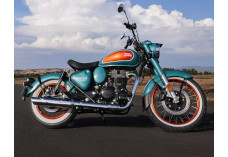
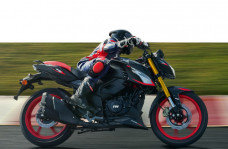
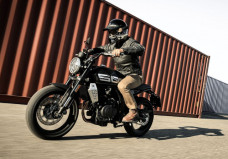

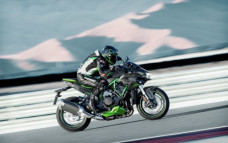
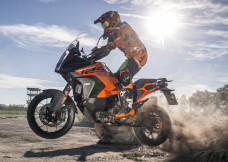





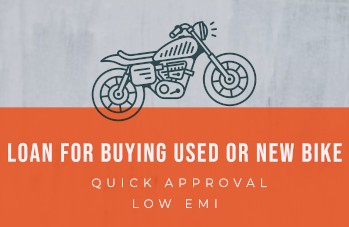
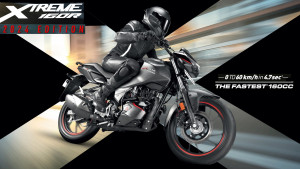 What Makes the 2024 Hero Xtreme 160R 2V a Perfect Daily Commuter?
What Makes the 2024 Hero Xtreme 160R 2V a Perfect Daily Commuter?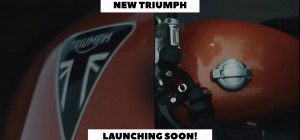 Triumph Teases New Speed 400-Based Motorcycle Set for September 17 Launch
Triumph Teases New Speed 400-Based Motorcycle Set for September 17 Launch Hero Xtreme 160R 2V 2024 Edition Launched at Rs 1,11,111. Check Out the New Features
Hero Xtreme 160R 2V 2024 Edition Launched at Rs 1,11,111. Check Out the New Features